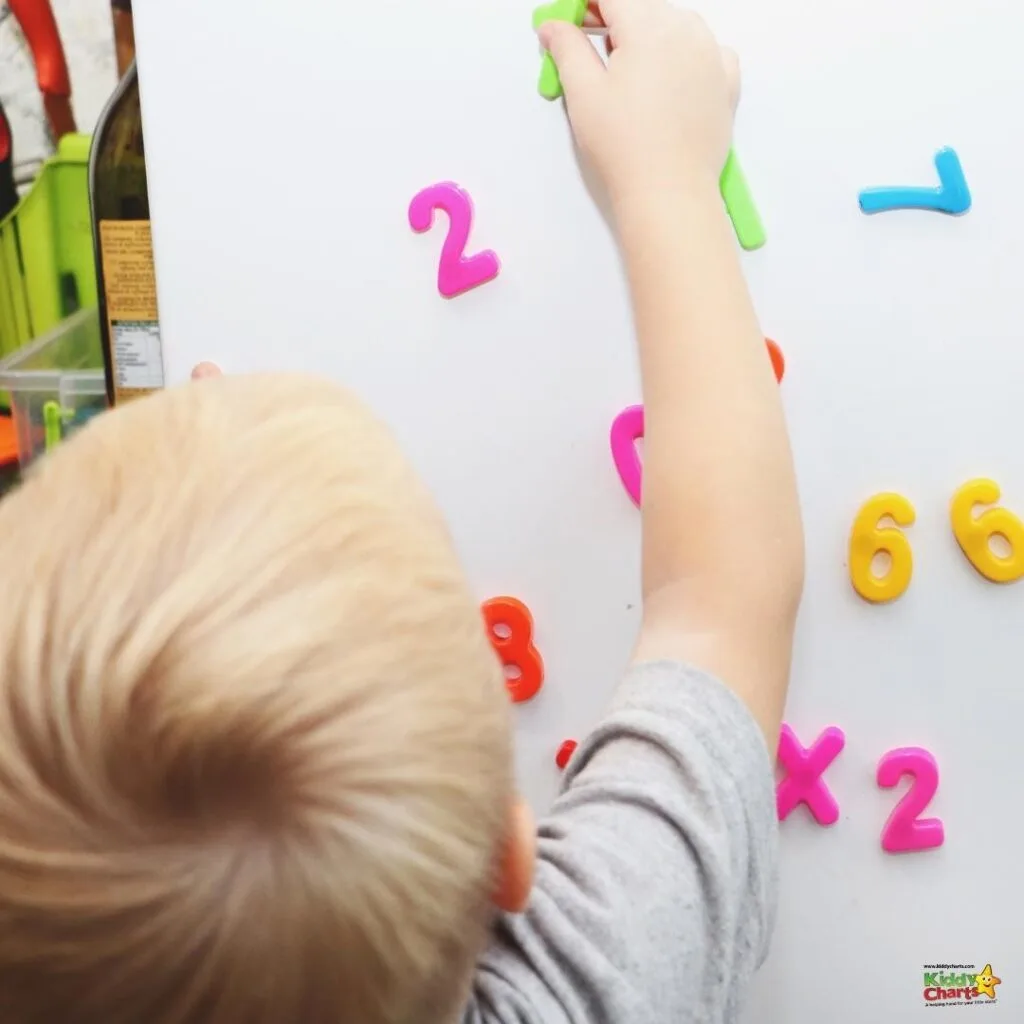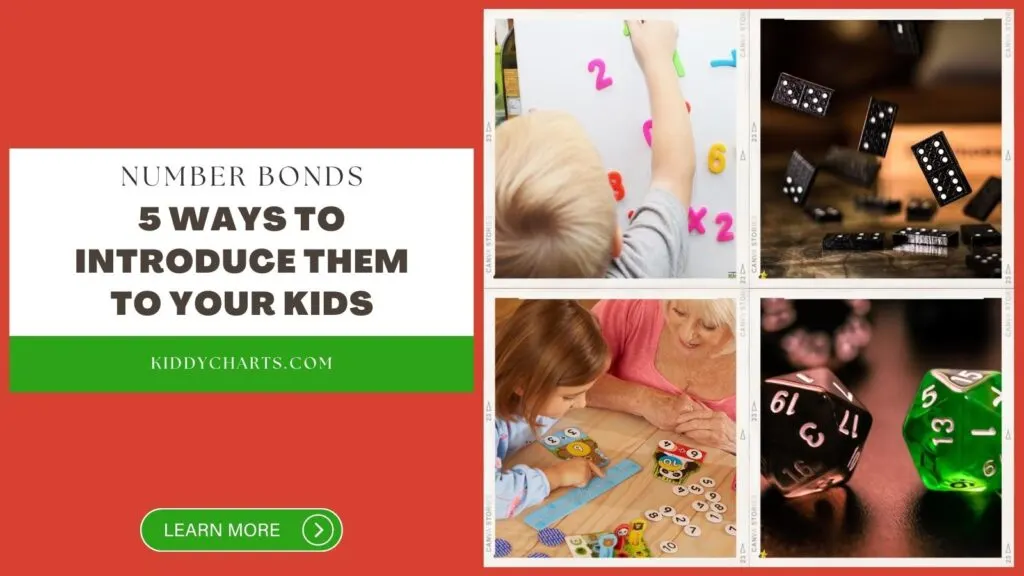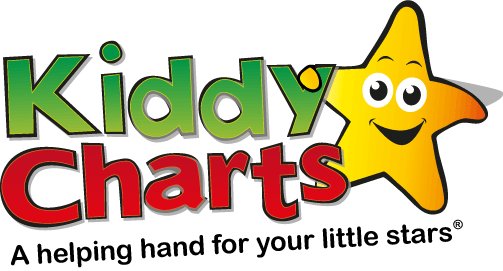Number bonds are an important part of learning for kids in their Maths journeys. They are vital for kids in understanding and developing good mental arithmetic skills, helping them to see the relationships between two numbers. So how do we help out kids, both at home and in school to understand and develop an awareness of number bonds, so that their mental maths can get off to a flying start?
This is a sponsored post, with affiliate links.

What are number bonds?
Simple. That’s what! Number bonds show kids how two numbers relate to each other.
The two numbers are the parts, and when they come together, they then create the whole!
For example, 3+4 are the parts, and 7 is the whole.
Typically, we are working with number bonds that add up to 10, using the numbers 1 to 10. So, for example, 5 + 5 = 10, or 3 + 7 = 10, and so on.
The next step is to work with the numbers 1-20, and really embed the number bonds into kids mental maths.
Though it sounds easy, there is actually a lot going on in our kids little heads when they are working all of this out, so it takes practise, and a few interesting games, to help solidify the number bonds concepts.
So what can we do to help our kids to learn all of this?
5 ways to introduce number bonds to kids
Because we like helping little minds to get off to a great start, we have put together some ideas to help you support your kids with development of their number bonds, and mental maths skills:
1.Play games
The natural place to start with making number bonds fun is to explore the toy shops, and we can recommend the Orchard Toys number bonds game for kids; Number Bears. This is perfect for children aged 5+ and helps to teach the number bonds with 1-10, and then 11-20, This gorgeous game features the number bears, their cubs and honey pots. Get the bears to their cubs, by collecting and matching the number bonds on the bear cards.

You can play the game, or just practise the number bonds using the bear cards on their own. There is a number line included with the game to help work out the number combinations too. The Orchard Toys website also has a handy guide with all the available number combinations included within it.
Your children can play as a Panda, Polar Bear, Brown Bear or Black Bear, working their way up the board by collecting the right numbers for their number bears. You want to avoid the honey pots though, as they distract your bears, so you’ll end up missing a turn!
In addition to the game, there are also further activity sheets to consolidate the number bonds in your kids’ minds on the Orchard Toys site as well. Orchard Toys actually offers a range of free, printable worksheets and downloadable activities that are fun, educational, and perfect for learning at home. They have loads of other topics too, with everything from numeracy and literacy activity sheets to craft ideas, colouring sheets, and recipes. Why not pop on over and check them out?

2. Get out the dominoes
Dominos are another great tool for practising number bonds with.

There are three dominos in this picture – each with their two parts, and totals:
- 6 + 6 = 12
- 3 + 2 = 5
- 5 + 3 = 8
Dominos can help with matching as well as counting and recognition, alongside just using them in this simple way to help work with the number bonds for 1 – 6.
3. Using dice
If you have a few dice in the house, particularly some of the more exciting dice that don’t just have six sides, you can have loads of fun with dice learning number bonds. Just grab two dice that have the same number of sides, roll them together, and add up the two parts to make your whole! Get some fun and funky D&D dice to play with which have everything from 4 to 20 sides, so you can start off easy, and get VERY hard with number combinations from 2 to 40!


We love the 20-sided dice, don’t you?
4. Have fun on the fridge
Fridge magnets have been fascinating kids every since they were first popped on a fridge to keep your shopping list from getting lost.
The wonderful thing about these is that they have all the numbers you need, alongside the “+” to do any combinations that you want to with the kids. You can get as easy, or as complicated as you like.

5. What’s at home?
There are lots of great ways that you can help your children to start understanding the Number Bonds whilst making it fun and relevant to the everyday.
Use opportunities in everyday life to get your kids thinking about number bonds and their mental maths too! For example, maybe you are making sandwiches for your playdate guests. You’ve got two families coming, one with 5 people in, and another with 3 family members. Use this as an opportunity to practice your number bonds!
Everyone has one sandwich, so you will need to make:
5 + 3 = 8 sandwiches!

You can also use other items, foods, and activities in the house two as aids to support practising number bonds such as raisins or even some chocolates as a treat, as well as raiding the toy box for some building blocks or play animals.
Why not check out more ideas for Maths games on the rest of the site while you are here too – we’ve got loads of great ideas for STEM and beyond:
Maths and other games on the site
Here are some more ideas for Maths and game play for the kids!
Free Ladybird printable math worksheets
Perfect number fun with ladybirds, or lady bugs, depending on where you come from!
Free St Patricks Day Activities: Math Workbook
A bit of mathematical fun for St Patricks Day!
Number tracing for kids
Using numbers to help with fine motor skills to prepare for writing.
Animal habitats sorting game for kids: Free printable
Our most popular game - habitat sorting for the kids. Who doesn't love a little bit of STEM-based fun.
Here are some other ideas for Maths off site too:
Maths related content from the web
Check out even more useful maths content from the web
Help your child with maths Mammaprada Blog
Top Tips for Helping Your Kids with Maths - Sims Life
Top Tips for Helping Your Kids with Maths - Mummy Vs Work
Thanks so much for coming to visit us as well – we love having you on our site, and we’d love to see you back again soon as well. We trust that you like these ideas for making number bonds that little bit more interesting for the kids. If you have any other ideas, do let us know.
Finally, why not sign up to our newsletter for our article as they happen?
See you again soon,
Helen








